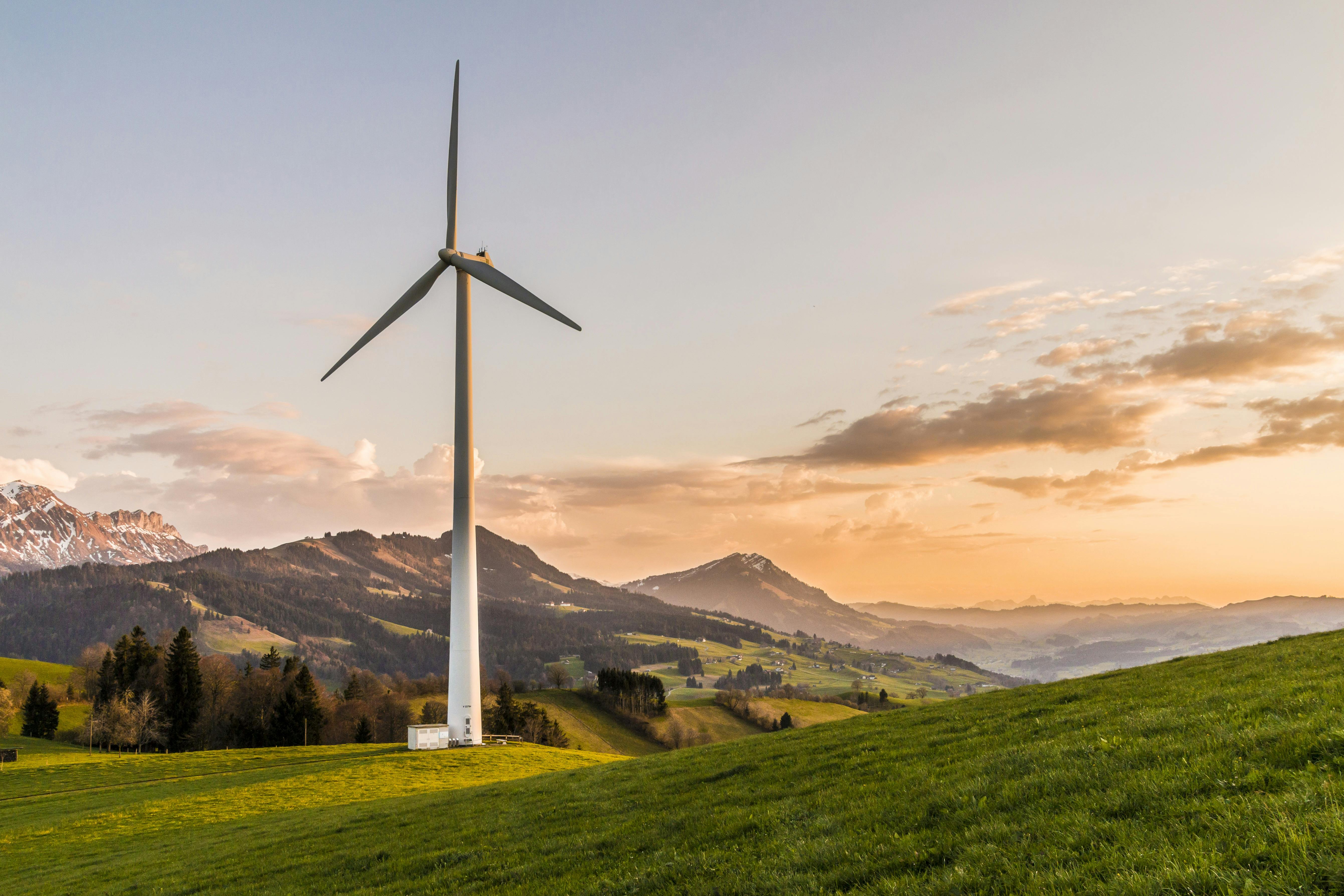
Key Highlights
- Kenya boasts significant geothermal energy potential, positioning it as a leader in geothermal development.
- Understanding social acceptance of geothermal projects is crucial for sustainable energy development.
- This blog examines the factors influencing the acceptance of geothermal energy within Kenyan communities.
- Effective engagement, benefit-sharing, and environmental safeguards are key to fostering positive perceptions.
- Kenya’s experience offers valuable insights for other nations exploring geothermal energy as a renewable source.
Introduction
Renewable energy is very important today as we look for cleaner energy sources. Geothermal energy resources, which come from the heat inside the earth, offer a good way to fight climate change and gain energy security. This makes geothermal energy project a viable option for electricity generation. It’s also crucial for communities to accept geothermal energy. This acceptance is key to making sure we use it successfully and get the most benefits for the environment and society.
The Role of Geothermal Energy in Kenya’s Renewable Energy Landscape

Kenya is a leader in using geothermal energy to produce electricity. The country has a lot of geothermal resources, which has placed it high in the global geothermal energy market. Kenya is dedicated to using geothermal energy, helping it move to a more sustainable energy future.
The success of its geothermal power plants shows just how much this renewable energy source can help meet the increasing need for electricity. It also helps reduce greenhouse gas emissions at the same time.
Overview of Geothermal Energy Sources in Kenya
Kenya has a lot of geothermal resources. Most of these resources are found in the Rift Valley region. Because of this, many geothermal energy producers, specifically geothermal energy power plants, have been built, aiding in the implementation of geothermal energy projects. This has helped improve the country’s energy mix, which also includes solar energy. The Olkaria geothermal field is one of the biggest in the world and shows how much geothermal energy Kenya can produce.
Using these geothermal resources has greatly increased power generation. This helps Kenya work towards being energy independent. Ongoing exploration and development of geothermal energy are crucial for Kenya’s energy future. By focusing on its geothermal resources, Kenya can lead in renewable energy in Africa.
Impact of Geothermal Projects on Local Communities and Environment

Geothermal energy has many benefits as a clean energy source. However, it’s important to think about how it might affect local communities and the environment. To reduce any negative impacts and gain social acceptance, we should focus on responsible development practices.
Corporate Social Responsibility (CSR) programs are very important for tackling community issues and building good relationships. These programs often include:
- Building infrastructure.
- Offering healthcare and education services.
- Supporting local businesses.
Having open communication and engaging with the community is key. It helps address concerns, build trust, and makes sure that geothermal projects meet the needs and goals of the people they affect.
Conclusion
Geothermal energy is very important in Kenya’s renewable energy sector. It offers sustainable solutions and helps local communities and the environment. Using geothermal energy shows that Kenya is moving towards cleaner energy. By tapping into geothermal sources, Kenya boosts its energy security and helps fight climate change. Embracing geothermal energy matches Kenya’s promise of sustainable development. It also opens doors for a more eco-friendly energy future.
Main Article Source:
- Abdi, A. M., Murayama, T., Nishikizawa, S., Suwanteep, K., & Mariita, N. O. (2024). « Determinants of community acceptance of geothermal energy projects: A case study on a geothermal energy project in Kenya. » Renewable Energy Focus, 50, 100594. Available on Elsevier Open Access.
Background on Community Acceptance and Social Perceptions:
- Wüstenhagen, R., Wolsink, M., & Bürer, M. J. (2007). « Social acceptance of renewable energy innovation: An introduction to the concept. » Energy Policy, 35(5), 2683-2691.
- Payera, A. (2017). « Perceptions of geothermal energy among local communities in Chile. » Energy Research & Social Science, 29, 97-109.
Cultural and Socioeconomic Factors:
- Kong’ani, E., & Gai, S. (2015). « Challenges in community acceptance of geothermal energy projects in Kenya. » African Journal of Environmental Science and Technology, 9(3), 232-239.
- Mariita, N. O. (2002). « The impact of large-scale renewable energy development on indigenous Maasai pastoralists. » International Journal of Sustainable Development and World Ecology, 9(3), 275-281.
Public Participation in Renewable Energy Projects:
- Dowd, A.-M., et al. (2012). « The role of public participation in sustainable development of geothermal energy. » Environmental Science & Policy, 20, 41-51.
- Kubota, K., et al. (2020). « Stakeholder involvement and community perception in Japan’s geothermal energy projects. » Journal of Environmental Planning and Management, 63(3), 565-582.
Environmental and Social Impact Assessment Reports:
- Kenya Electricity Generation Company (KenGen). (2009). Environmental and Social Impact Assessment Report for the Olkaria IV Project. Nairobi, Kenya: KenGen Publications.
